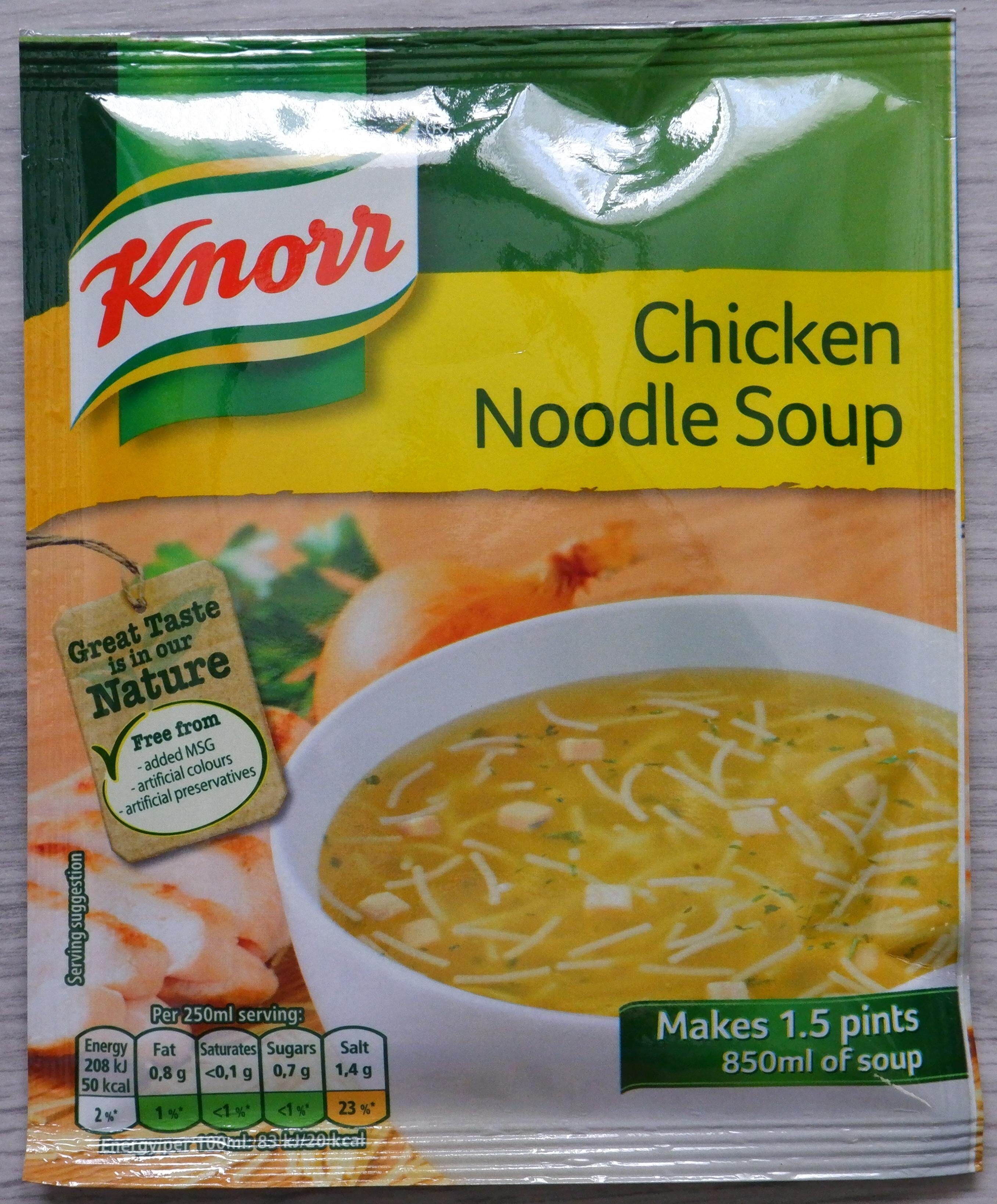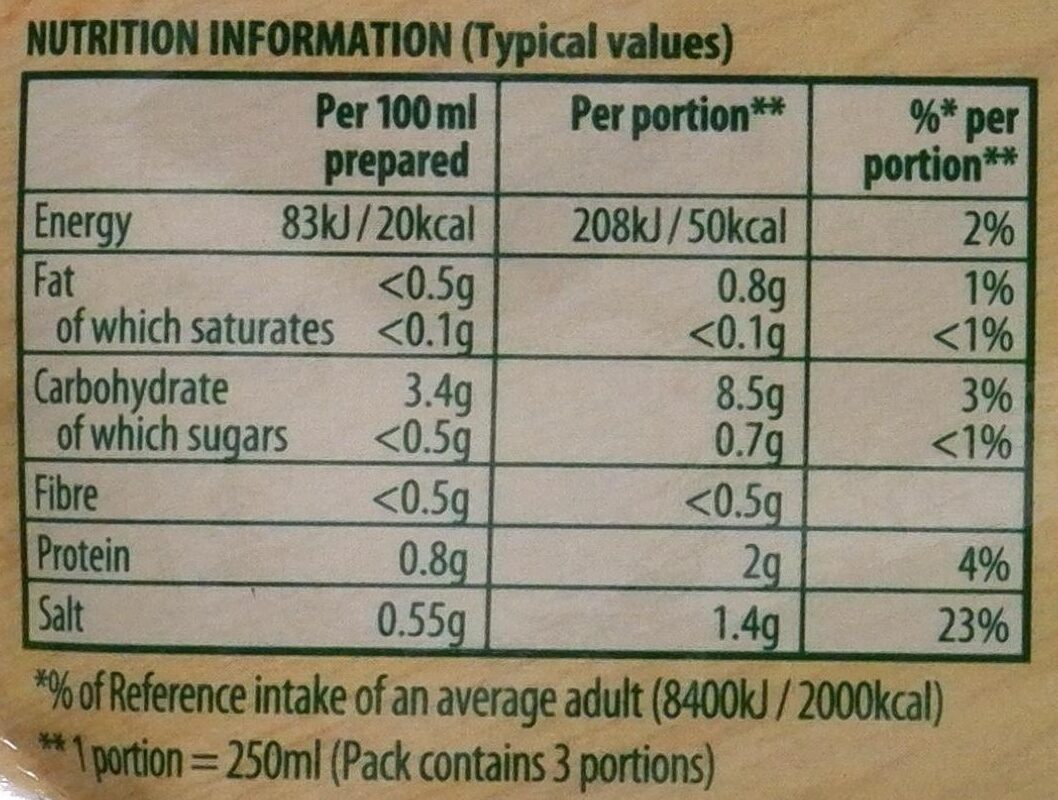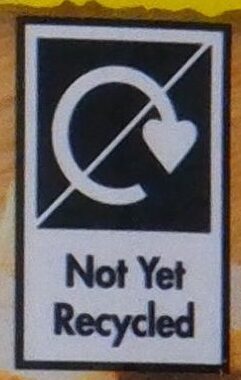Chicken Noodle Soup - Knorr - 48 g
This product page is not complete. You can help to complete it by editing it and adding more data from the photos we have, or by taking more photos using the app for Android or iPhone/iPad. Thank you!
×
Barcode: 8712566301799 (EAN / EAN-13)
Quantity: 48 g
Packaging: Plastic
Brands: Knorr
Categories: Chicken Noodle Soup, Dry Mix, Soup Mix
Labels, certifications, awards: No artificial preservatives, No added MSG, No artificial colors, No artificial colours and preservatives
Countries where sold: Ireland
Matching with your preferences
Report a problem
Data sources
Product added on by inf
Last edit of product page on by inf.
Product page also edited by openfoodfacts-contributors, roccait.
If the data is incomplete or incorrect, you can complete or correct it by editing this page.












